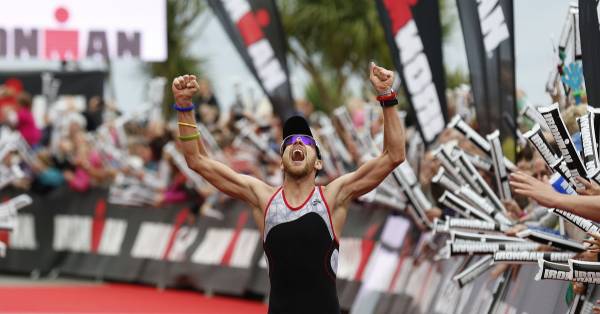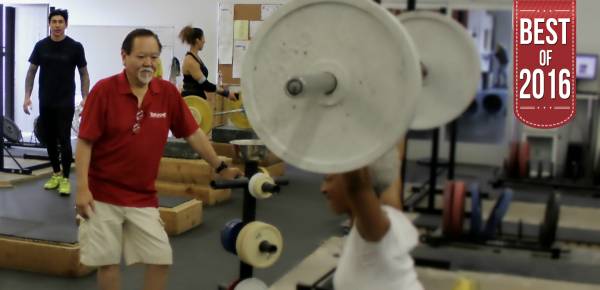This particular subject is not one that is often touched upon, even though it is one of the more popular misconceptions in American culture. It is the belief that sports participation somehow leads to enhanced health.
Before proceeding further, it might be a good idea to settle on some definition of health. I think that we can find some common ground in agreeing that a healthy person is one who is free of injury and degenerative disease, and physiologically and psychologically sound. Now let’s take it a step further and look at the goals of sport.
Sports Goals and Liabilities
The goals of sports are to equal or exceed certain goal numbers, outperform other individuals, and to show consistent improvement under increasingly more challenging conditions. This almost always leads to situations in which the structural integrity of the tissues is tested, and frequently succumbs. It can also develop physiological conditions that are detrimental to health, and in all too many situations injurious to the psyche.
In my own sport of weightlifting, it is not uncommon for practitioners to experience varying degrees of joint trauma that can lead to arthritis in the aging athlete’s body, not to mention connective tissue strains and sprains and ligament calcification and bone spurs.
Sports that require reduced body fat can cause hormonal and glandular disruption among their practitioners, as well as eating disorders. Sports that require excessive bodyweight increases can also adversely affect the metabolism.
Among youth sports and some adult athletes, parental and coaching psychological abuse can lead to damage to the psyche as well as difficulties with socialization and substance abuse.
A Look Back in History
At one point in American history (say in the mid-20th century), it was normal for sports to be regarded as adolescent activities played primarily by high school aged children, and subsequently by elite-level athletes at the university level. There was very little organized adult sports activity. At that time, much of the population was rural, and made a living through manual labor. Sports were also pretty much a male domain.
If you took the athletes of that era who grew up performing physical labor, and where the elite ones were chosen for sport teams, some argument might have been made that the athletes were the healthiest individuals. This could probably make a convincing argument for the relationship between health and sports.
Then came the ‘70’s.
Sometime during the 1970’s, heart disease became the leading cause of death among Americans. This was undoubtedly due to the switch from manual labor to more sedentary occupations, as well as the move from rural settings to urban, and the incongruity of living in a city and eating a farmer’s diet. This led to the jogging craze that encouraged millions of adults to take up competitive and recreational running. There was no selection for this group, just the ability to buy expensive running shoes.
When adults got bored of running and sought out other types of sports, the idea became firmly planted that sports could lead to improved health. While it may have proven true in many cases, the result is that far too many unsuitable individuals are involved in competitive sports at a level that is definitely not conducive to good health.

Why the Connection Survives
We have been able to learn a great deal about human physiology by studying athletes, and we’ve learned some training approaches that have benefits for general health. We also like to use specialized equipment and clothing developed for athletes for those that are not lifestyle athletes. Since physical fitness has emerged as a populist movement, the public’s desire to associate itself with athletes has also contributed to the association. Subsequently, many non-athletes have adopted what they believe are behavioral norms of athletes and inserted them into their own training regimens. The results in all too many cases are injuries and conditions that are hardly conducive to good general health.
There are some valid connections between competitive athletics and physical activity for the improvement of general health. Be they training principles, clothing, gear, or attitudes, it has become increasingly difficult to distinguish the blurred boundary between the two domains.
Let’s Stop Confusing the Sports and Health
I believe the confusion results because the leadership is not often clear about the two concepts. When you have top athletes advertising exercise equipment, exercise clothing, food supplements, and training approaches, the association is very powerful in the minds of the uninformed. Likewise, many leaders in the field of physical fitness use sports imagery and sports association to market training facilities, equipment and strategies.
At some point, a distinction should be drawn so that those interested in improving their general health and fitness are not misled into potentially dangerous pathways. Rather, they should place the filter of “Is this good for me?” on their approaches before embarking on them. Remember, the entire goal of sports is to “go beyond your limits,” and that’s where the damage is done.

Sport can still serve as an effective model for general fitness:
How Sports Performance Can Fix Functional Training






